Japanese fashion has long been a captivating blend of tradition and innovation, creating a unique style that's both deeply rooted in cultural heritage and daringly modern. This fusion has given rise to a fashion landscape unlike any other, where centuries-old kimono designs coexist with cutting-edge streetwear. As we delve into the world of Japanese clothing, we'll explore how this harmonious blend of old and new has shaped the country's fashion identity and influenced global trends.
From the elegant simplicity of traditional garments to the bold statements of contemporary designs, Japanese fashion offers a rich tapestry of styles that cater to diverse tastes and preferences. Whether you're drawn to the timeless grace of a kimono or the avant-garde creations of Tokyo's fashion districts, there's something for everyone in this vibrant and ever-evolving fashion scene. Curious about how to incorporate these elements into your own wardrobe? Click the link to discover the art of wearing a kimono and start your journey into the world of Japanese fashion.
Let's explore the fascinating world of Japanese fashion, tracing its evolution and examining its global impact:
- The Evolution of Fashion Japanese Fashion
- Key Trends in Japanese Fashion Styles
- Influential Japanese Designers and Their Impact
- Street Japanese Fashion in Tokyo: Harajuku and Beyond
- The Global Influence of Japanese Street Fashion
Now, let's dive into the first section of our exploration of Japanese fashion:
The Evolution of Fashion Japanese Fashion

Japanese fashion has come a long way from its traditional roots, blending centuries-old aesthetics with cutting-edge trends. This unique fusion has captivated fashion enthusiasts worldwide, creating a style that's both timeless and contemporary. If you're curious about the origins of this fascinating blend, you might want to explore how to wear a kimono, which offers insights into the traditional garment that has inspired countless modern designs.
The journey of fashion Japanese clothing began with the opening of Japan to the West in the late 19th century. This cultural exchange sparked a revolution in Japanese fashion, introducing Western-style clothing while maintaining elements of traditional dress. The result? A captivating mix that has continued to evolve, influencing global fashion trends and inspiring designers worldwide.
Today, Japanese fashion mens clothing and women's wear alike showcase this beautiful blend of old and new. From reimagined kimono-inspired jackets to avant-garde streetwear, the spectrum of Japanese fashion clothing is as diverse as it is exciting.
Key Trends in Japanese Fashion Styles

Japanese fashion styles are known for their innovation, attention to detail, and ability to push boundaries. Let's explore some of the key trends that have shaped the landscape of fashion Japanese clothing:
- Japanese Minimalism: Clean lines, muted colors, and simple silhouettes are hallmarks of Japanese minimalist fashion. Brands like MUJI and UNIQLO have popularized this aesthetic globally.
- Avant-garde: Pioneered by designers like Rei Kawakubo and Yohji Yamamoto, this style challenges conventional notions of clothing with asymmetrical cuts, oversized shapes, and unconventional materials.
- Kawaii: Meaning "cute" in Japanese, this playful style features pastel colors, adorable motifs, and childlike elements. It's particularly popular in women's fashion and accessories.
- Streetwear: Japanese street fashion is a melting pot of subcultures, blending elements of punk, hip-hop, and high fashion. Brands like A Bathing Ape (BAPE) and Comme des Garçons have gained international acclaim in this space.
- Tech-wear: Combining functionality with futuristic aesthetics, tech-wear is gaining popularity in Japanese fashion mens clothing. Think water-resistant fabrics, multiple pockets, and modular designs.
These trends often intersect and evolve, creating new and exciting styles that continue to captivate fashion enthusiasts worldwide.
Influential Japanese Designers and Their Impact

The world of fashion Japanese clothing wouldn't be what it is today without the groundbreaking work of several influential designers. These visionaries have not only shaped Japanese fashion but have also left an indelible mark on the global fashion industry:
- Issey Miyake: Known for his innovative textiles and pleating techniques, Miyake's designs blur the line between art and fashion. His 'Pleats Please' line revolutionized the concept of comfortable yet stylish clothing.
- Rei Kawakubo: The founder of Comme des Garçons, Kawakubo's avant-garde designs challenge traditional notions of beauty and fashion. Her work often features asymmetrical shapes and unconventional materials.
- Yohji Yamamoto: Yamamoto's designs are characterized by their dark colors, oversized silhouettes, and androgynous appeal. His influence on Japanese fashion mens clothing has been particularly significant.
- Junya Watanabe: A protégé of Rei Kawakubo, Watanabe is known for his innovative approach to fabric manipulation and his fusion of traditional techniques with modern technology.
- Nigo: The founder of A Bathing Ape (BAPE), Nigo has been instrumental in bringing Japanese streetwear to the global stage. His designs blend pop culture references with high-end fashion.
These designers have not only shaped the landscape of Japanese fashion clothing but have also inspired countless others around the world, cementing Japan's place as a fashion powerhouse.
Street Japanese Fashion in Tokyo: Harajuku and Beyond

No discussion of fashion Japanese clothing would be complete without mentioning Tokyo's vibrant street fashion scene, particularly in the iconic neighborhood of Harajuku. This area has become synonymous with bold, eclectic styles that push the boundaries of conventional fashion:
- Lolita Fashion: Inspired by Victorian-era clothing, Lolita fashion features frilly dresses, petticoats, and elaborate accessories. It has several sub-styles, including Gothic Lolita and Sweet Lolita.
- Decora: Characterized by an explosion of color and accessories, Decora style involves layering multiple colorful items and adorning oneself with countless cute trinkets.
- Visual Kei: Originating from Japan's rock music scene, Visual Kei fashion features dramatic, often gothic-inspired looks with elaborate hairstyles and makeup.
- Gyaru: This style is known for its focus on a specific type of glamour, often involving bleached hair, dramatic makeup, and flashy clothing.
- Mori Girl: Inspired by a forest-dwelling aesthetic, Mori Girl fashion features layered, loose-fitting clothes in natural fabrics and earthy colors.
Beyond Harajuku, other Tokyo neighborhoods like Shibuya and Ginza offer their own unique takes on street fashion. Shibuya tends to showcase more mainstream trends, while Ginza is known for its high-end, luxury fashion.
The Global Influence of Japanese Street Fashion

The impact of fashion Japanese clothing extends far beyond Japan's borders. Japanese street fashion, in particular, has had a profound influence on global fashion trends:
- Collaborations: Many international brands have collaborated with Japanese designers or brands to create unique collections. For example, Supreme's collaborations with Comme des Garçons have become highly sought after.
- Anime and Manga Influence: The popularity of Japanese pop culture has led to the incorporation of anime and manga-inspired elements in global fashion trends.
- Streetwear Revolution: Japanese streetwear brands like BAPE and NEIGHBORHOOD have significantly influenced the global streetwear scene, inspiring countless brands and styles worldwide.
- Minimalism: The Japanese approach to minimalist fashion has inspired a global trend towards simplicity and functionality in clothing design.
- Avant-Garde Aesthetics: The boundary-pushing designs of Japanese avant-garde designers have encouraged more experimental approaches to fashion globally.
In conclusion, fashion Japanese clothing represents a unique fusion of tradition and trend, constantly evolving while staying true to its roots. From the streets of Harajuku to high-end boutiques in Paris and New York, the influence of Japanese fashion is undeniable. Whether you're drawn to the minimalist aesthetics of UNIQLO, the avant-garde designs of Comme des Garçons, or the vibrant street styles of Tokyo, there's something in Japanese fashion for everyone. As we look to the future, one thing is certain: Japanese fashion will continue to innovate, inspire, and shape the global fashion landscape for years to come.
Embracing the Fusion of Tradition and Trend

Japanese fashion continues to captivate the world with its unique blend of traditional craftsmanship and cutting-edge design. This harmonious fusion has created a style that's both timeless and contemporary, offering something for everyone. As we've explored, from the elegant kimono to the bold streetwear of Harajuku, Japanese fashion is a testament to the country's rich cultural heritage and its forward-thinking approach to style.
Whether you're a fashion enthusiast or simply curious about incorporating Japanese elements into your wardrobe, the world of Japanese fashion invites you to explore, experiment, and express yourself in new and exciting ways.
FAQ: Fashion Japanese Clothing
• What is the Japanese clothing style called? Japanese clothing style encompasses various terms, including "wafuku" for traditional clothing and "yōfuku" for Western-style clothing. Specific styles like "kawaii," "Lolita," and "Visual Kei" also define unique Japanese fashion subcultures.
• What is the clothes that Japanese wear? Modern Japanese people typically wear Western-style clothing in daily life. However, traditional garments like kimono and yukata are still worn for special occasions, festivals, and formal events.
• What clothes are trendy in Japan? Current trends in Japan include oversized silhouettes, layered looks, streetwear-inspired outfits, and a mix of high-end and casual pieces. Brands like Uniqlo, Muji, and various local designers are popular for their minimalist and functional designs.
• What is the most popular Japanese clothing brand? Uniqlo is arguably the most popular Japanese clothing brand, known for its affordable, high-quality basics and collaborations with international designers. Other popular brands include Comme des Garçons, Issey Miyake, and Muji.
• How has Japanese fashion influenced global trends? Japanese fashion has significantly influenced global trends through innovative designs, unique subcultures, and a focus on quality and craftsmanship. Concepts like minimalism, avant-garde designs, and streetwear styles have all been heavily influenced by Japanese fashion.



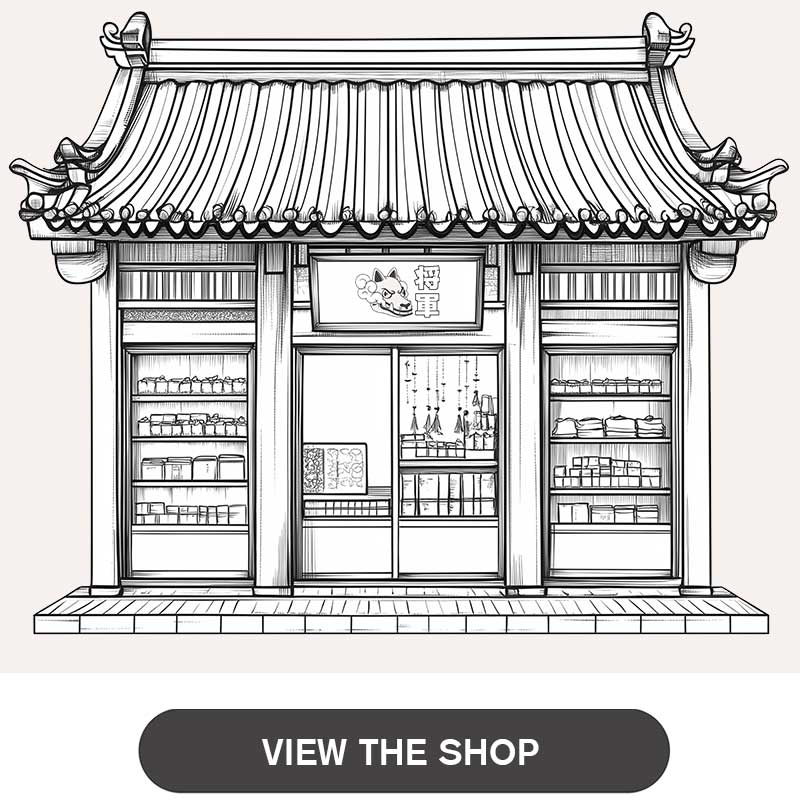
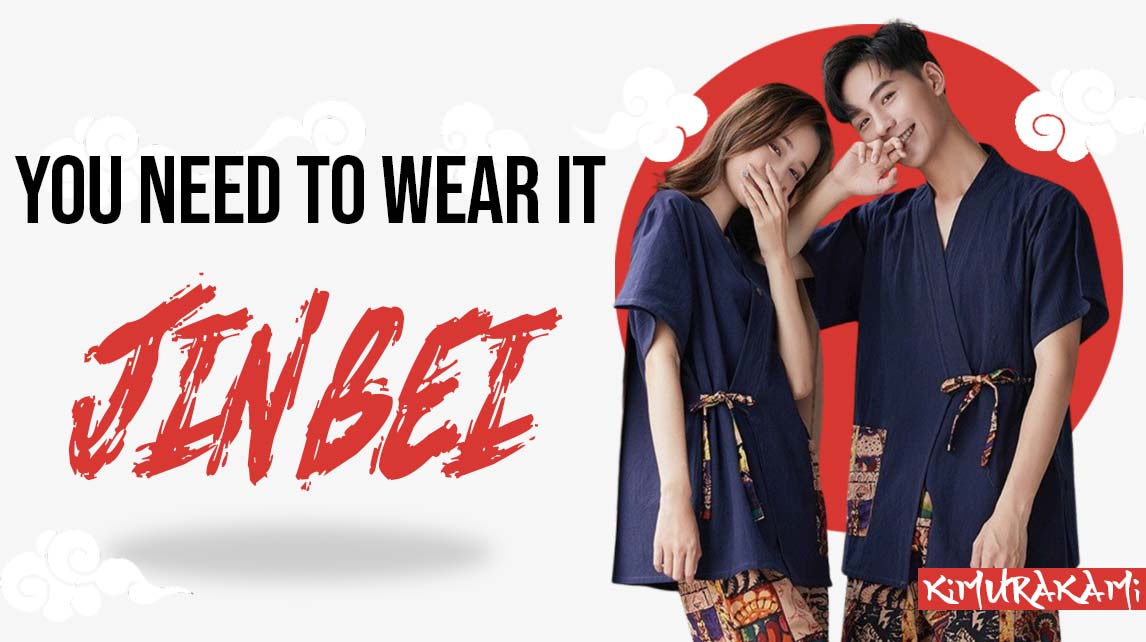
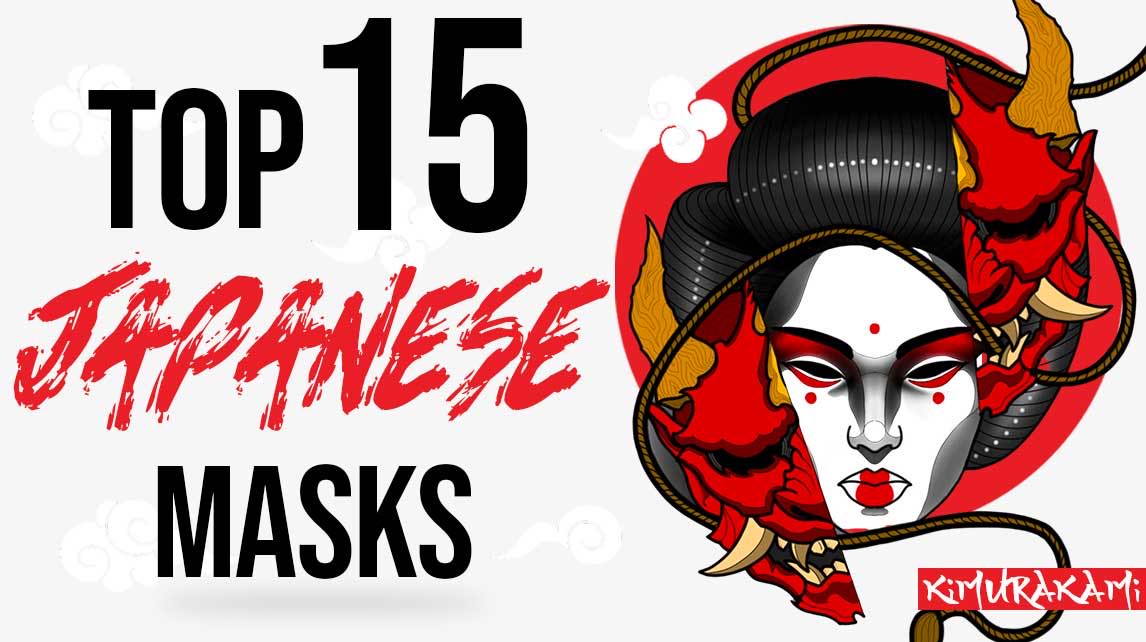
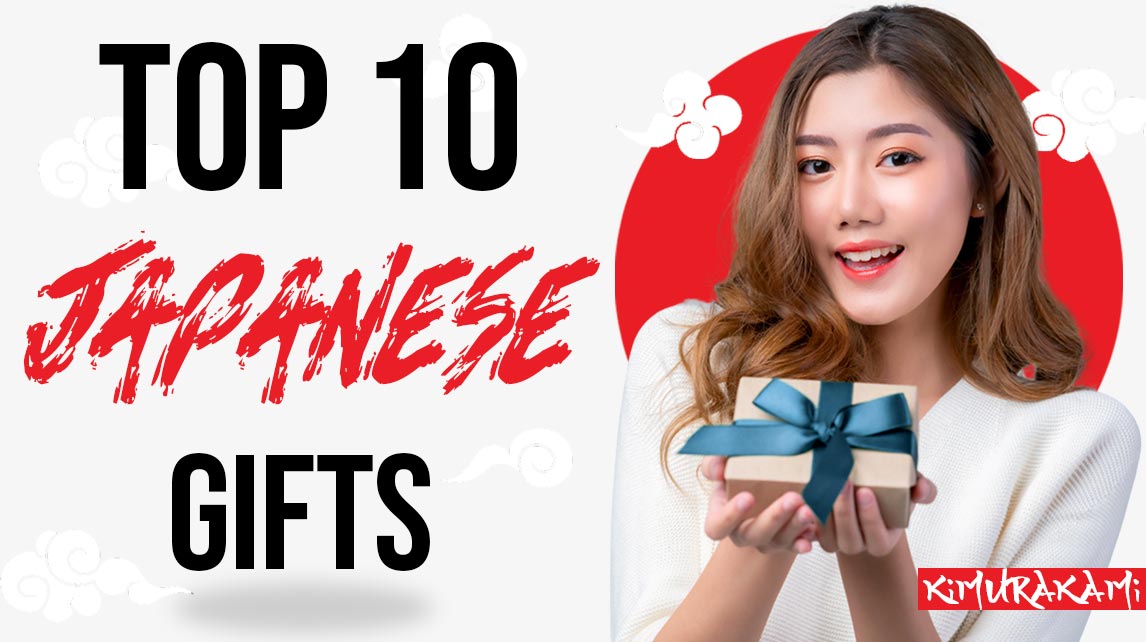
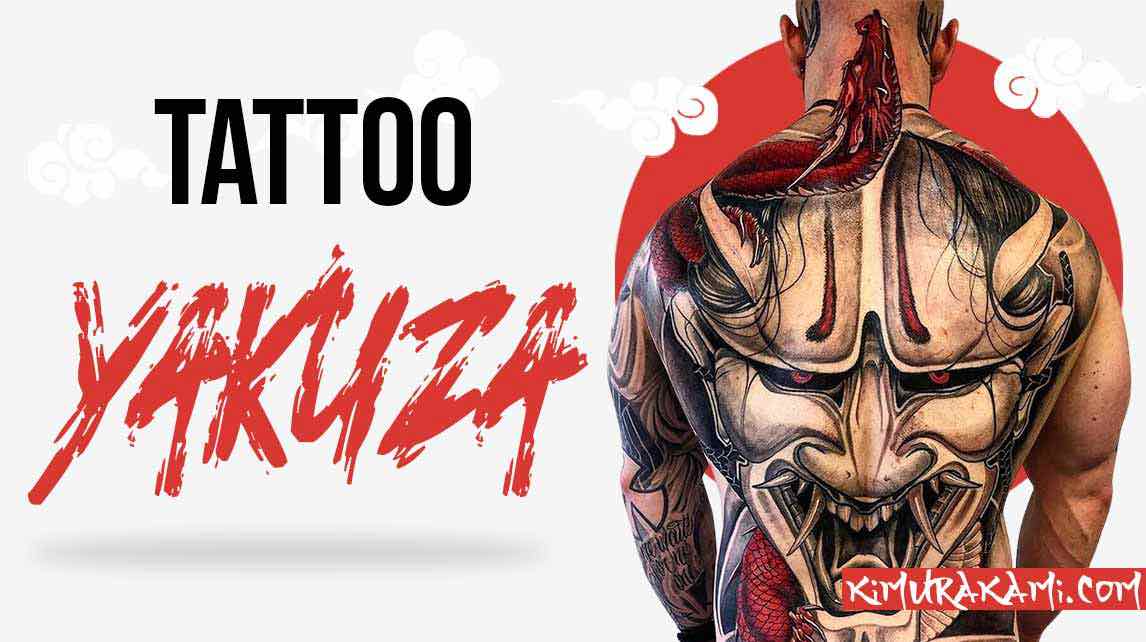
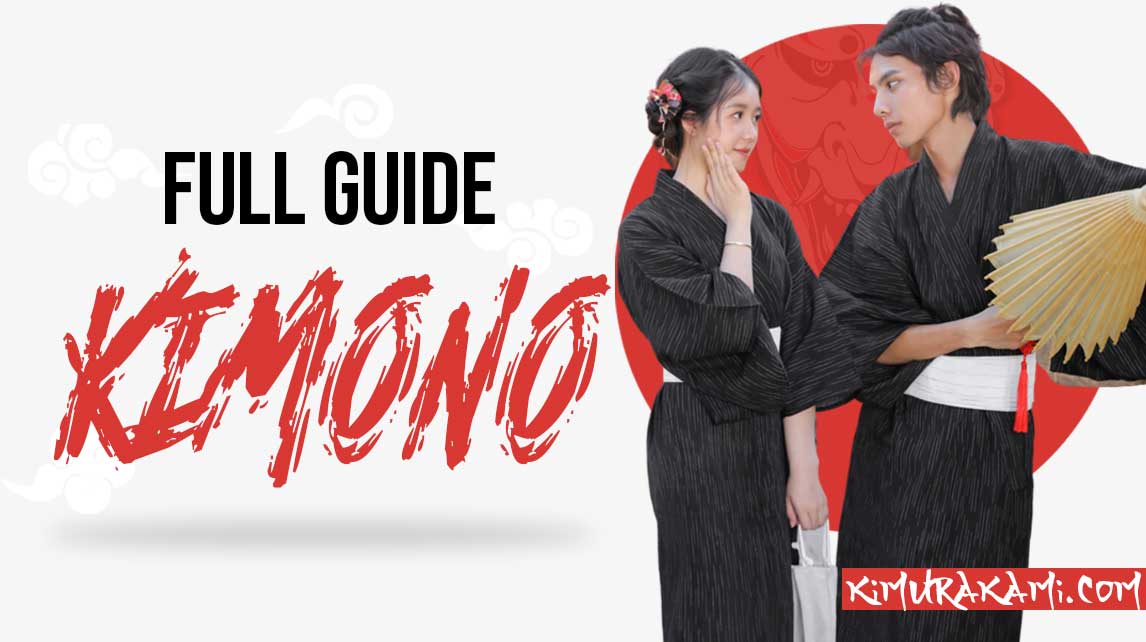
Leave a comment